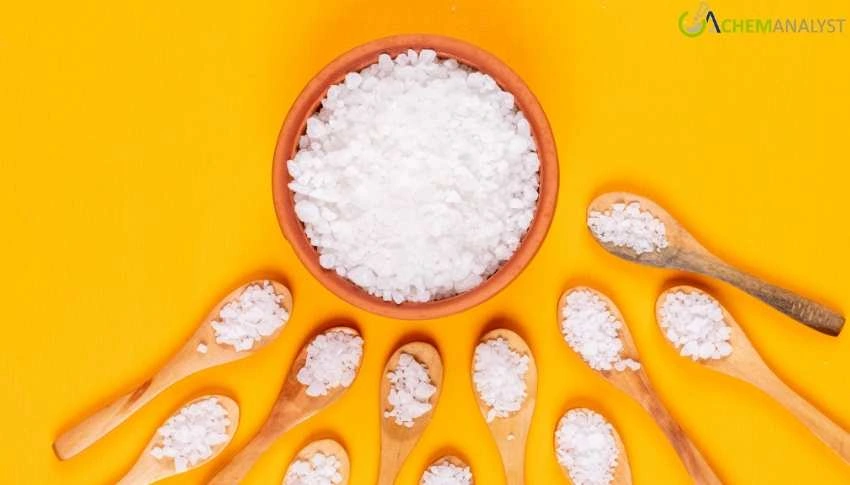Welcome To ChemAnalyst

Around mid-November 2025, lithium fluoride prices remained stable after a steep rise in October due to stability in the balance between supporting demand factors and sufficient supply logistics. Specifically, we saw above-average assembly of heavy vehicles, broader fluorine salt consumption associated with the Inflation Reduction Act, Zero Emissions Vehicle mandates, and future nuclear reactor plans that bolstered prices. Even as U.S. electric vehicle sales fell sharply after federal tax credits were no longer available, lithium fluoride demand remained robust, given stable activity in energy storage and modern manufacturing. Supply dynamics played a role as the U.S. continued to rely on foreign sources of raw materials, like graphite and manganese. Additionally, battery cell imports earlier in 2025 helped keep lithium fluoride demand firm while spot markets were tight. Analysts describe the current stage of price action as rebalancing prices in the wake of higher prices in October. Going forward, lithium fluoride should remain sturdy, supported by downstream industries, policies, and ongoing investments in energy and various industrial sectors.
Lithium fluoride prices held steady in the US during the first half of November 2025 after registering a monthly increase in October, highlighting balanced dynamics of meaningful demand drivers offset by adequate supply relaxations. The fundamental story on the market is a downstream pull from battery and reactor developers continuously tightening spot availability, while larger industrial sentiment has cooled. Prices have continued to hold, despite continued volatility in related sectors, including electric vehicles. Structural demand tailwinds for lithium fluoride remain, anchored by economic fundamental characteristics associated with energy storage and advanced manufacturing consumer categories.
The increase in lithium fluoride during October resulted from heightened vehicle assembly efforts, strong demand for fluorine salts, and incentives provided by the Inflation Reduction Act. Moreover, mandates for zero-emission vehicles and initiatives related to small modular reactors contributed to a further rise in demand, prompting developers to actively seek out materials. Although U.S. electric vehicle sales plummeted to 74,835 units in October, a decline of 48.9% compared to September and 30.3% year on year, the effect on lithium fluoride remained minimal as industries downstream continued their vigorous purchasing activity.
Supply dynamics are still essential. The United States is fundamentally reliant on imports of critical raw materials, including both graphite and manganese in which 100 percent of it comes from abroad. However, following the vast tariff increases imposed on Chinese products in 2025, the importation of battery cells surged in mid-2025, primarily driven by large-scale energy storage projects. The new supply needed to accommodate and support this secondary demand had the effect of bolstering the lithium fluoride inquiry and spot market to support electrical vehicle supply needs, even if electric vehicle sales were slowing. Once again, delivery challenges in logistics and deep hesitancy in purchasing other raw material categories for electric vehicle assembly did not materially alter the effective presence of activity during this period in lithium fluoride trading.
Manufacturers and dealers have coined this time a "period of adjustment," and lithium fluoride prices seem to have stabilized after the rise in October. Companies are very diligent about managing their inventories, and while there are parts of the market that are reducing inventory levels, the demand related to energy storage and nuclear applications has contributed to market balance. Analysts observe that a few factors are opposing the current price fluctuations, further supporting the expectation that lithium fluoride will continue to trade within a stable range in the short term.
In the coming time, lithium fluoride is projected to maintain a strong presence throughout 2025. The continual addition of new vehicle models, ongoing investments in energy storage technologies, and advances in reactor technologies will all continue to support stable demand. A surplus supply serves to further dampen significant price swings. Growth will likely continue with industries actively procuring material and policy frameworks enabling increased consumption, and lithium fluoride will remain strong.
We use cookies to deliver the best possible experience on our website. To learn more, visit our Privacy Policy. By continuing to use this site or by closing this box, you consent to our use of cookies. More info.
